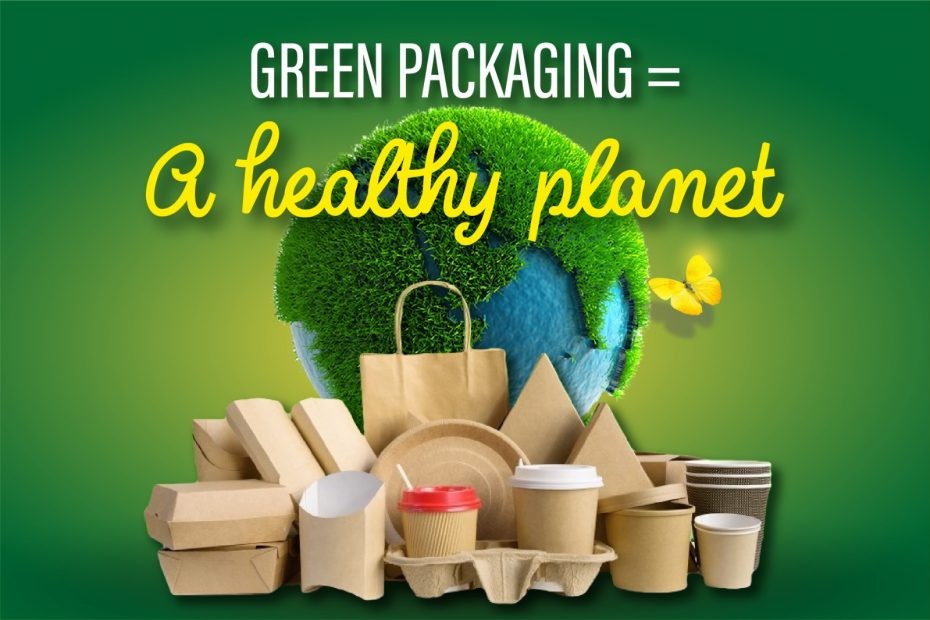In today’s competitive food industry, fresh produce packaging plays a crucial role in ensuring product quality, reducing waste, and attracting consumers. Effective packaging must protect perishable goods, minimize environmental impact, and appeal to shoppers visually.
This article explores the key challenges and innovations in fresh produce packaging design, focusing on how brands can balance functionality, sustainability, and aesthetics.
1. The Importance of Fresh Produce Packaging
Fresh fruits and vegetables are highly perishable, making packaging essential for:
✅ Extending shelf life (reducing spoilage and food waste).
✅ Preventing damage during transportation and handling.
✅ Maintaining freshness by controlling moisture and airflow.
✅ Providing product information (nutrition, origin, certifications).
✅ Enhancing brand appeal on retail shelves.
Poor packaging can lead to bruising, mold growth, and dehydration, while over-packaging contributes to plastic pollution. Striking the right balance is key.
2. Key Factors in Fresh Produce Packaging Design
A. Protection & Functionality
Material Strength – Must withstand stacking, shipping, and handling.
Ventilation – Proper airflow prevents condensation and mold.
Moisture Control – Absorbent pads or breathable films reduce spoilage.
Tamper Resistance – Ensures food safety and consumer trust.
Example: Perforated plastic clamshells keep berries fresh while allowing airflow.
B. Sustainability & Eco-Friendliness
Consumers increasingly demand eco-friendly packaging solutions:
Biodegradable & Compostable Materials (e.g., PLA cornstarch, mushroom mycelium).
Recyclable Packaging (e.g., PET, cardboard, paper mesh bags).
Minimalist Design – Reducing excess plastic and ink.
Reusable Containers – Encouraging customers to return or repurpose packaging.
Example: M&S (UK) replaced plastic berry containers with paper-based punnets, cutting plastic use by 80%.
C. Aesthetics & Consumer Appeal
Attractive packaging influences purchasing decisions:
Transparency – Clear windows let shoppers inspect freshness.
Branding & Colors – Vibrant designs stand out on shelves.
Informative Labels – Organic, non-GMO, or fair-trade certifications boost trust.
Convenience Features – Resealable zippers, easy-open tabs, or portion-sized packs.
Example: Whole Foods uses minimalist, earthy-toned packaging to appeal to health-conscious buyers.
3. Innovative Trends in Fresh Produce Packaging
A. Smart Packaging
Time-Temperature Indicators – Color-changing labels show freshness.
RFID & QR Codes – Track supply chain data and offer recipes.
Antimicrobial Films – Extend shelf life naturally.
B. Edible & Zero-Waste Solutions
Edible Coatings (e.g., beeswax or algae-based wraps).
Plant-Based Films – Made from seaweed or chitosan.
C. Modified Atmosphere Packaging (MAP)
Replaces oxygen with nitrogen or CO₂ to slow ripening.
4. Challenges in Packaging Design
🚫 Cost of Sustainable Materials – Bioplastics can be pricier than conventional plastics.
🚫 Recycling Confusion – Not all “green” packaging is easily recyclable.
🚫 Durability vs. Sustainability – Some eco-materials may not protect as well as plastic.
🚫 Regulatory Compliance – Food-safe inks and adhesives are required.
5. Best Practices for Designing Fresh Produce Packaging
✔ Prioritize Protection – Avoid food waste with sturdy, breathable materials.
✔ Optimize for Recycling – Use mono-materials (easier to recycle).
✔ Keep It Simple – Reduce ink and non-recyclable elements.
✔ Test Consumer Response – Conduct surveys on usability and appeal.
✔ Partner with Suppliers – Work with sustainable material innovators.
6. Case Studies: Successful Packaging Redesigns
A. Tesco (UK) – Removing Plastic from Produce
Replaced plastic bags with recyclable paper bands for avocados and mushrooms.
Result: Eliminated 1 billion pieces of plastic annually.
B. Apeel Sciences – Edible Coating for Longer Shelf Life
Uses plant-derived coating to slow spoilage, reducing the need for plastic wrap.
C. Driscoll’s – Compostable Berry Clamshells
Switched to sugarcane-based PET for a lower carbon footprint.
Conclusion: The Future of Fresh Produce Packaging
The ideal packaging for fresh produce must:
🔹 Protect food integrity (reducing waste).
🔹 Minimize environmental harm (biodegradable/recyclable).
🔹 Enhance brand appeal (eye-catching yet functional).
As technology advances, we’ll see more smart, edible, and zero-waste solutions shaping the future of food packaging. Brands that invest in sustainable innovation will win over eco-conscious consumers while keeping produce fresher for longer.

